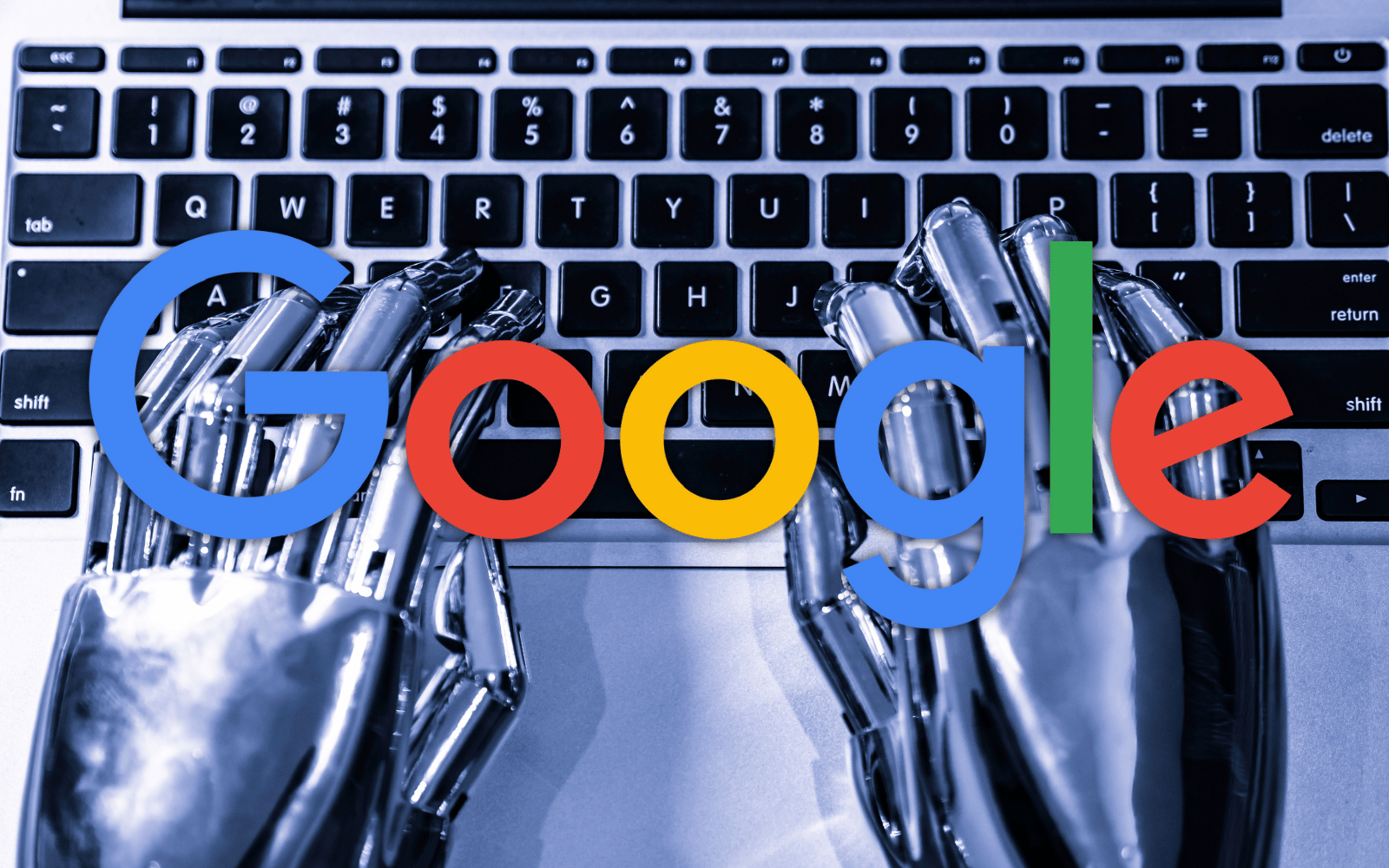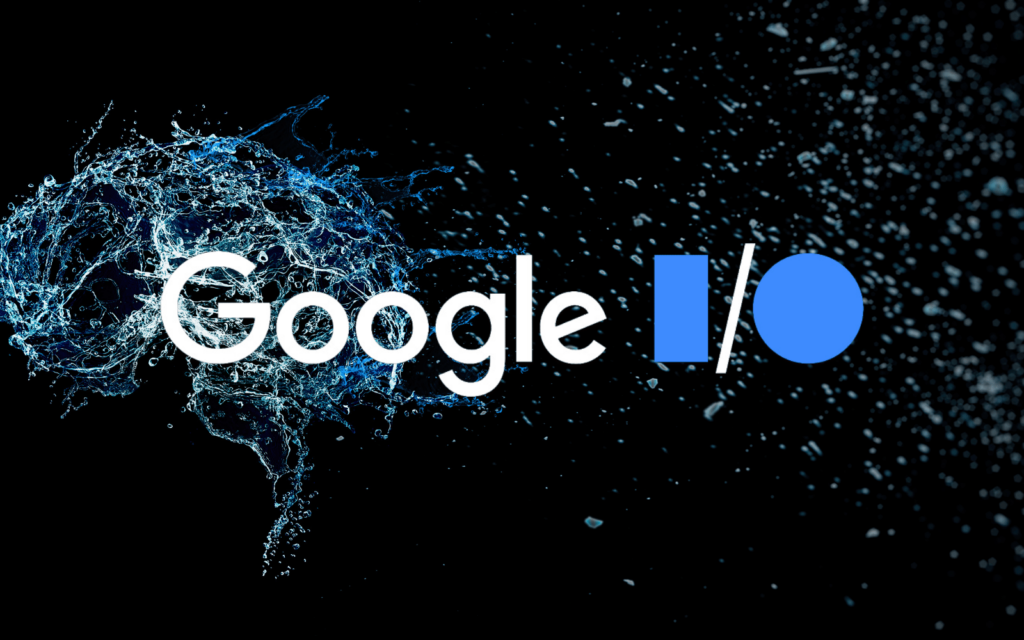Google I/O, the annual developer conference hosted by everyone’s favourite search engine, detailed a host of interesting announcements. Of course, no Silicon Valley-based tech giant hosts a keynote in 2023 without touching on the biggest buzzword in tech right now.
Yep, that word is AI. Technically that’s two words, though. Artificial intelligence is on everyone’s mind thanks to OpenAI’s ChatGPT and AI image-generation platforms like Midjourney. While Google isn’t new to the technology, it’s now integrating the tech into just about every one of its products.
If you missed the two-hour presentation, we’ve got you covered. Here are the top eight things Google announced during the keynote last week.
Google Maps goes in the right direction
Say hello to “Immersive View for Routes.” Catchy, we know.
According to Google, this new feature combines all the information you need into one place. This means it will preview a route you plan to take in the future with some useful information. Things like traffic simulations, bike lanes, parking spots, and even weather predictions for the day you plan to travel, are all available with the new feature.
It’s important to note that Immersive View will roll out to select regions and isn’t planned for South Africa yet.
Magical editing
Google’s “Magic Editor” is (surprise) also powered by AI and is meant to improve your photo editing skills without upskilling the user.
Whether you want to enhance the foreground or background, fill in gaps, or reposition subjects, this feature has got you covered. It’s like having a professional editing degree on your wall, minus the hefty price tag.
In your PaLM 2
Google’s new language model PaLM 2 is the engine behind Google’s updated Bard chat tool, which rivals OpenAI’s ChatGPT.
It’s not just about chat, though. PaLM 2 powers a wide range of AI features and even promises improved support for writing and debugging code. If it works the way advertised, this model is a real game-changer. At least we will be assured that the human-machine apocalypse was brought about by the very latest in tech.
Bard gets smarter (and multilingual)
Yep, we’re still on trusty old Bard. Google is expanding the chatbot’s reach by removing the waitlist and making it available in over 180 countries. The support for Japanese and Korean is just the beginning, with plans to include 40 languages in the near future. Bard can even surface images in its responses, so we can’t wait to have a GIF face-off with Bard as soon as it supports GIFs.
Google Workspace gets an AI upgrade
 Of course, Google is making it easier to do actual productivity and not just muck around with chatbots in our free time.
Of course, Google is making it easier to do actual productivity and not just muck around with chatbots in our free time.
Workspace, the company’s productivity suite, now features an automatic table generator in Sheets, and image creation in Slides and Meet. With Google Meet, you can also choose custom backgrounds. This isn’t as exciting as a new language model for Bard, but we’re sure many office workers will appreciate the automatic table generator in Sheets. There should be more on the way soon.
Turn text into music with MusicLM
There are AI generators for just about everything out but one that hasn’t necessarily hit the mainstream yet is music generators.
Google’s MusicLM tool allows users to generate their own sounds. Simply type in “soulful jazz for a dinner party,” and MusicLM will create several song versions. You can even get specific with things like instruments, genres, and ‘feelings’. Anyway, we’re off to create a virtual deathcore-reggae-pop-synth band.
Google Search gets smarter
Search, the product that defined Google, is getting a few new features. Two new features, to be exact.
The ‘About This Image’ feature provides more information and transparency about the images you see in search results, including telling you if it’s AI-generated or not.
Google is also experimenting with an AI-powered conversational mode that suggests next steps and provides key information to help you dig deeper into topics. It’s like having a search genie at your command. Or, you know, Ask Jeeves.
Don’t forget the hardware
![]() Of course, we can’t overlook the hardware announced at Google’s I/O developer conference, even if it’s unlikely to become officially available here.
Of course, we can’t overlook the hardware announced at Google’s I/O developer conference, even if it’s unlikely to become officially available here.
First up, the mid-range Pixel smartphone received improvements in display quality, charging technology, and camera performance. It features a 6.1-inch 90Hz display, wireless charging, and a 64MP main camera with SuperRes Zoom.
Google also introduced its Pixel Tablet. It is powered by the Tensor G2 processor and features a nano-ceramic coating. The tablet comes with a wireless charging dock that doubles as a smart home speaker.
Then there’s the Pixel Fold, Google’s entry into the foldable smartphone market. It boasts a 5.8-inch front display and a 7.6-inch foldable display, both refreshing at 120Hz. The device offers ‘unique’ features like Dual Screen Live Translation and astrophotography. It is powered by the Tensor G2 chip and comes with 12GB of RAM, a 4,821mAh battery, and Titan M2 security.
Other hardware that was not announced but mentioned includes a rumoured Pixel Tracker, a Bluetooth tracker similar to Apple AirTag, and the upcoming Pixel 8 and 8 Pro smartphones, expected to be released in September or October with camera upgrades and improved Tensor processors. The Pixel Watch 2, a successor to last year’s Pixel Watch, may also be released in the future, but details are yet to be confirmed.




